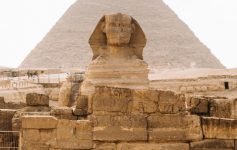Precious stones are attractive, the lustre of precious metals charms. It turns out that there are places where tourists can see how all this wealth is born, and sometimes even have the opportunity to try to recover the treasures with their own hands.
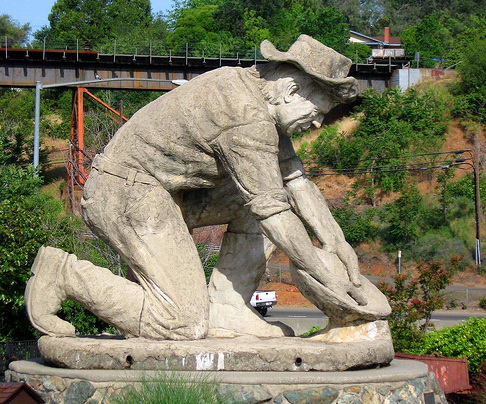
California, United States
The “Gold Rush” is associated primarily with America. Where else can one go to learn to wash the gold, but to California! To plunge into the atmosphere of the camp of gold miners is possible near the town of Jamestown. For newcomers to the state the “Gold Club” organized several special workshops. First, all the interested will be told how to get free gold, and buy your own plot (but only those who have at least a residence permit in the U.S. will be able to do so). Secondly, in 3 days, those who have caught the virus of “the gold fever” will be taught to wash gold and find the gold vein. A separate course is dedicated to finding gold with a metal detector.
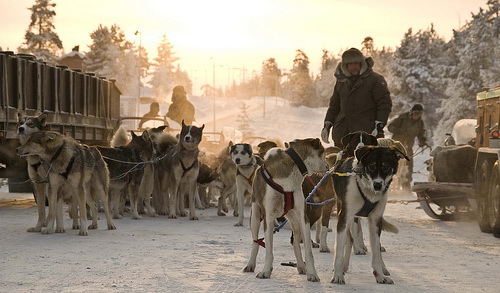
Saariselka, Finland
In northern Finland, in Lapland, beyond the Arctic Circle, at the Saariselka resort you can do skiing in winter and in summer – ride a bicycle, fish and extract gold. At the end of the XIX century, this place was seized by a real “gold fever”. Incidentally, the largest nugget found in these locations in 1935, weighed 393 grams. It is necessary to contact one of the local travel agencies or go to the 7 kilometre route through the abandoned mines.
Washin golden sand in the nearby Tankavaara village is possible all year round. In the local museum of gold anyone can turn into prospectors for some time under the direction of the guide. Since 1977, the museum regularly hosts championships of gold mining.
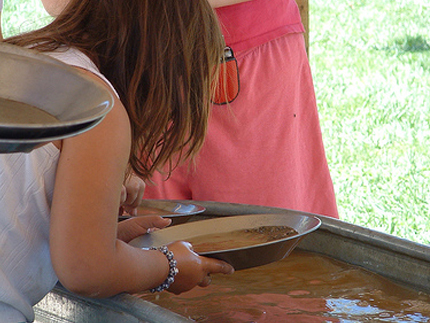
Goldfields, New Zealand
A lot of scary stories about the treacherousness and love of gold are connected with New Zealand. The deposit “Gold Fields” was opened half a century ago and had been actively developing a century before it was given to the mercy of tourists. In our civilized times, we need only to buy a ticket, get the equipment, instructors, and you can deal with gold mining to your pleasure. For a complete immersion in the subject you are encouraged to visit the area of abandoned workings and to inspect the shafts.
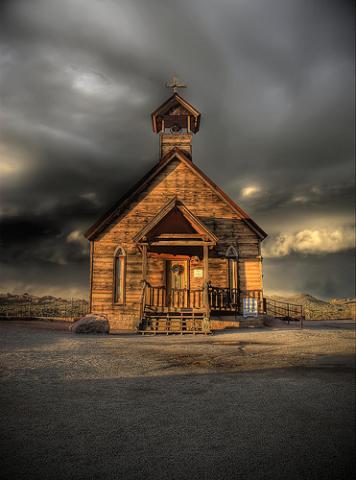
Australia
In Australia, you will have to acquire a license before extracting gold. Spending only a few tens of dollars on it, you can go all over the green a continent to where your heart wishes. The volunteers will for a separate fee be provided with maps, metal detectors, GPS-navigators – sum up all the expenses, and it turns out that this is not an entertainment for the poor. Besides, do not forget that any land, most likely, has an owner and he may not like it if he sees strange people with prospecting techniques gallivant on his possession. So you will first have to negotiate with him. Instead you can easily take the extracted gold out of the country – all that is found with overwork, is not subject to customs duties and taxes.
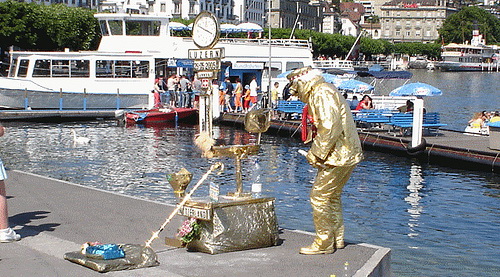
Switzerland
In this small European country there is gold, but, in contrast to other states, rich in noble metals, it produces none on industrial scale. All gold belongs to enthusiasts and tourists: having paid the money for the permit, they are free to travel in the country, looking for particles of gold, take part in competitions – thus much less damage is caused to nature and the country gets a lot more profit, since many different services can be sold to travelers attracted by the glitter of gold nuggets.
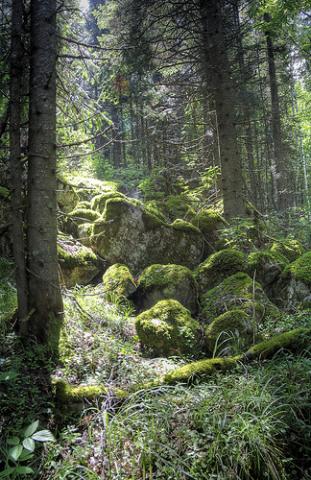
Berezovsky, Russia
Unfortunately, unlike other states, the Russian legislation still prohibits washing gold to private individuals, although the Government has had thoughts about allowing tourists to extract gold. Indeed, in many countries around the world it is a way able to improve the profitability of small plots. Some regions of the country have tried to attract prospectors-gold miners, but if the metal is indeed found, the enthusiasts will not escape meeting the competent authorities. And because of this, the mineralogical tourism, that is the search for minerals by tourists, is not developed in Russia, despite the natural wealth of the country. Thus, out of the 4 thousand minerals discovered by scientists, about thousand are found in the Ural Mountains. For several centuries in this land there has been an extraction of iron and copper ore, malachite, emerald, and the rarest mineral crocoit: the world knows only 2 of its deposits, the second – on the island of Tasmania, is conducted. It is here, not far from the river Berezovka that the first Russian gold ore was found, there was laid the first gold-washing mill was established and the town Berezovski was founded.
No wonder that in this village, in “Russian Klondike”, located 12 kilometers from Yekaterinburg, excursions under the land are organized. Tourists descend into one of the two shafts: the training shaft, which exists for the training of rescue workers, and the acting one, with a depth of 512 meters, where you can see how real gold-mining takes place (it is available only for adults). During the two-hour tour guests can feel themselves miners: at the entrance they will have to change into special suits, then they will be told in detail about the dangerous profession of miners, about extraction, they will see an underground world, and even be able to pick up a piece of rock as a memento.
By the summer in Berezovski it is planned to open a tourist attraction for the extraction of the precious metal in a lottery method. However, unless the legislation is changed, it is obvious, that acting in the role of gold-miners without violating the law will be something like the following: the gold, which has already been officially extracted, will be registered and legalized, the travel agency will buy it, introduce it in the rock, and then the tourists will “extract” it again.

